A lithodid crab with barnacles growing on its shell, documented at a depth of 1,779 m in the Montevideo Canyon off Uruguay. Image courtesy of ROV SuBastian / Schmidt Ocean Institute. This week: Muddy…
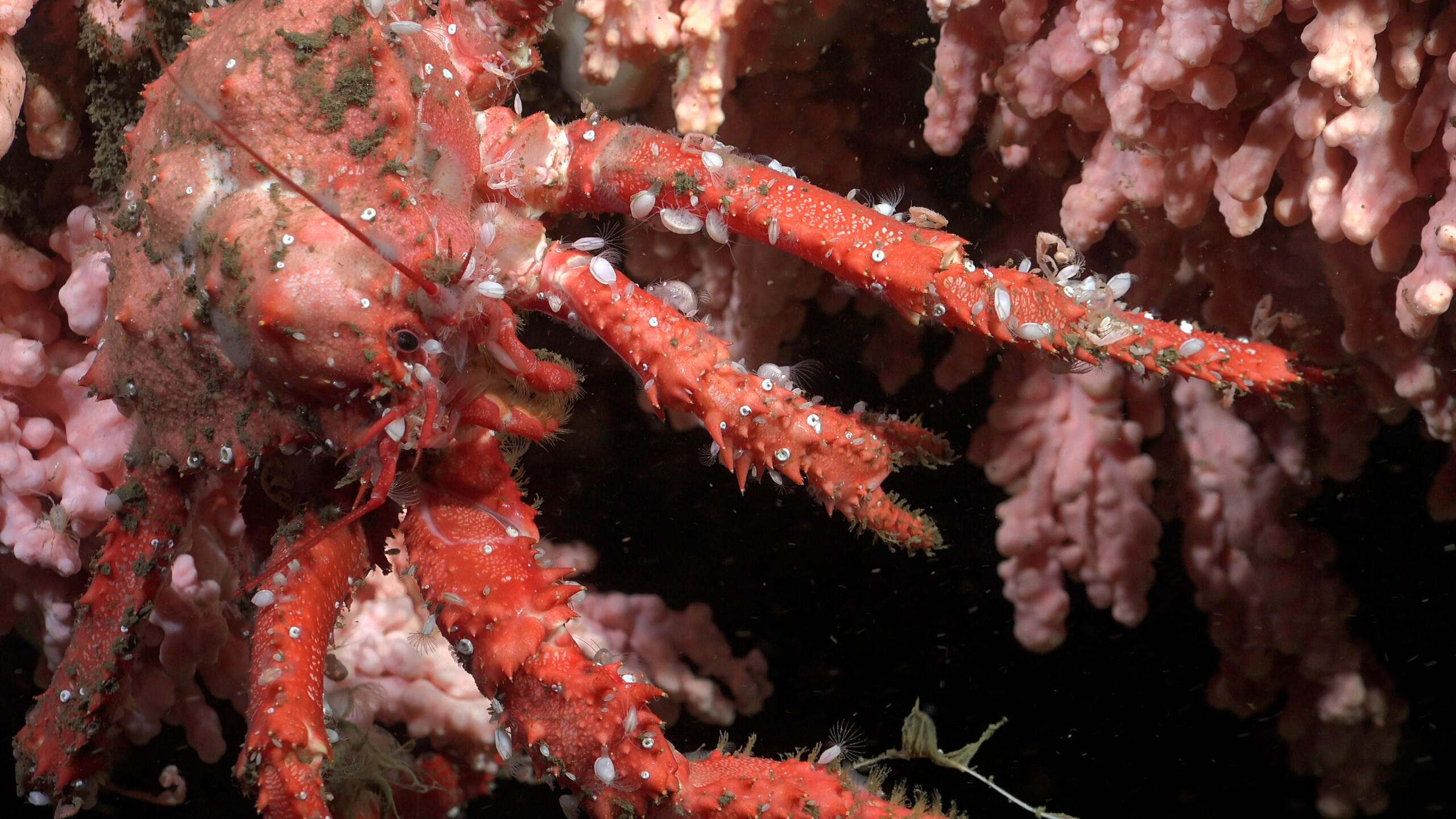

A lithodid crab with barnacles growing on its shell, documented at a depth of 1,779 m in the Montevideo Canyon off Uruguay. Image courtesy of ROV SuBastian / Schmidt Ocean Institute. This week: Muddy…
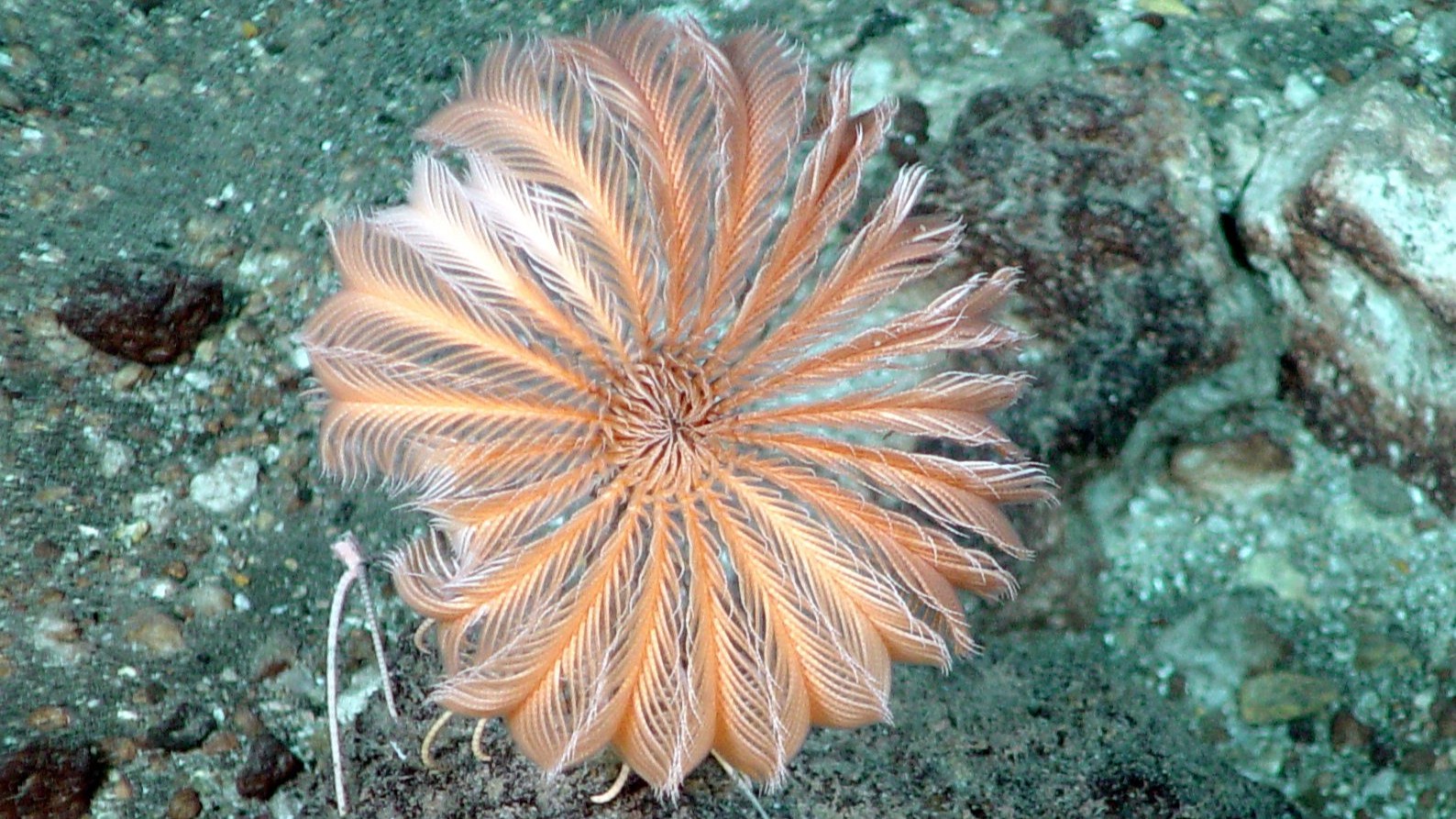
Stalked crinoid on the caldera seafloor at West Rota volcano. Crinoids are suspension feeders, using their crown, which is covered with sticky pinnules, to capture zooplankton. Image courtesy of the Pacific Ring of Fire…
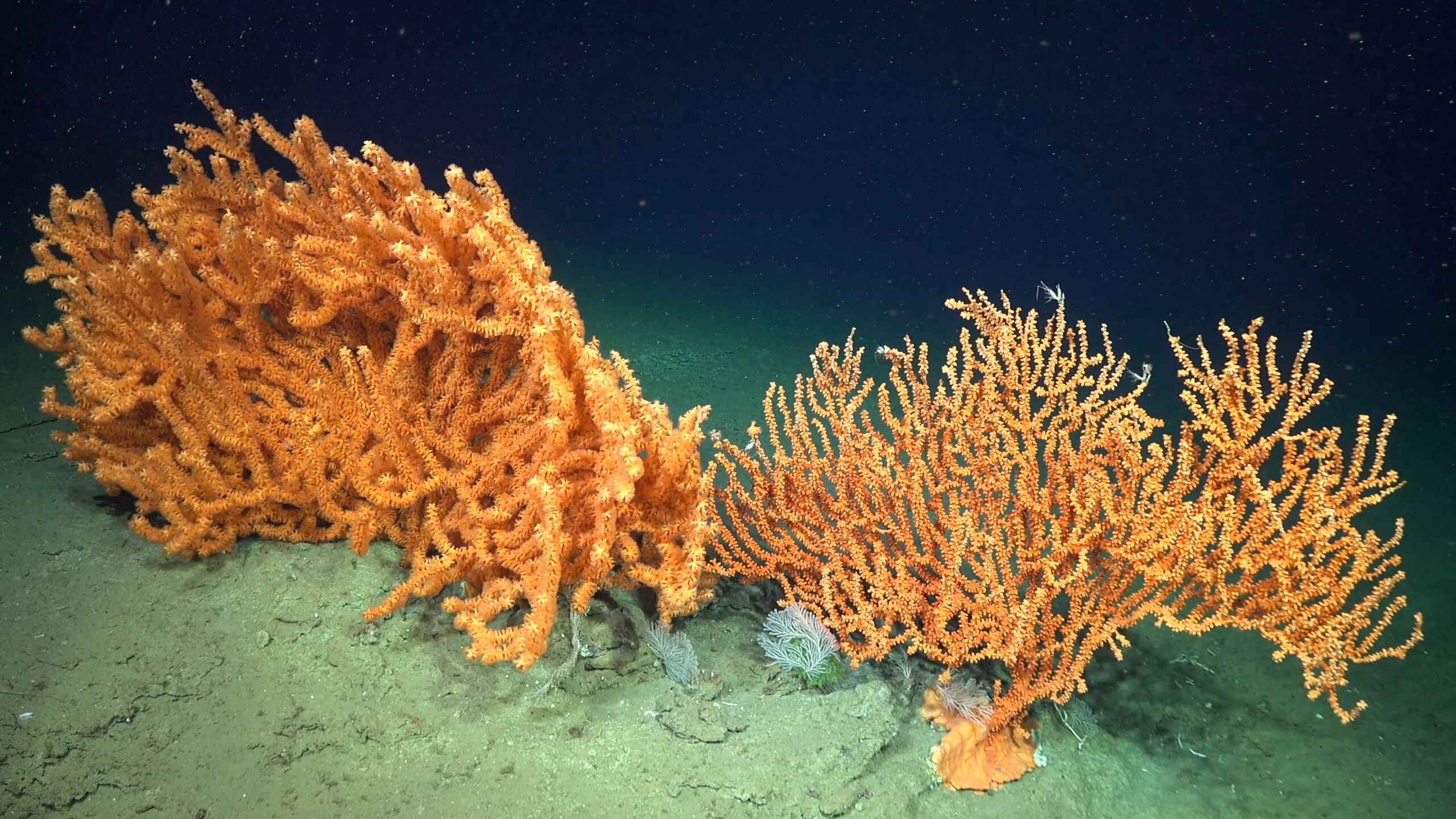
This vivid orange bamboo coral was documented at a depth of 2,415 m at the base of the Cabo Polonio submarine canyon off the coast of Uruguay. Image courtesy of ROV SuBastian / Schmidt Ocean…
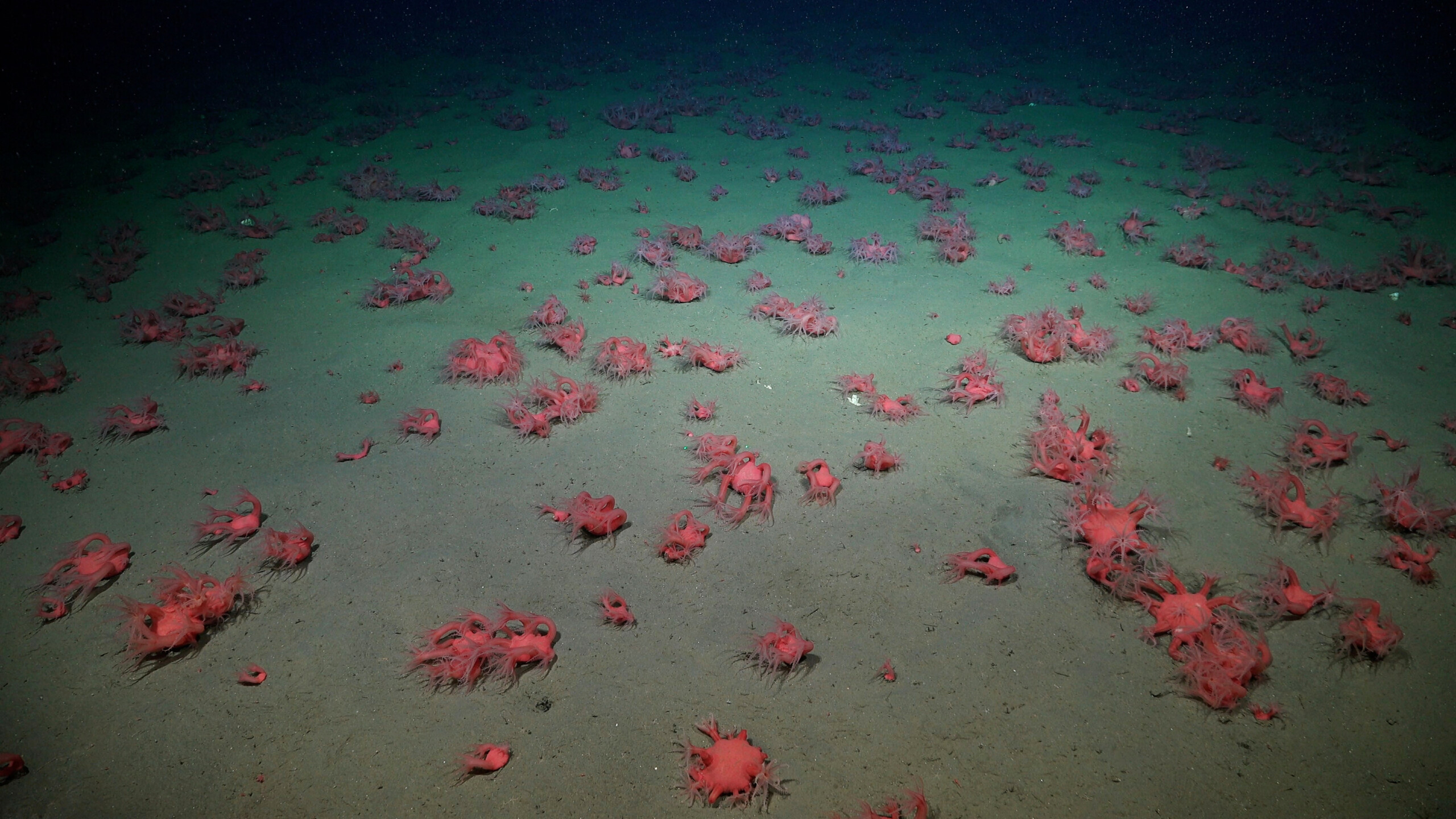
This sprawling field of red Anthomastus mushroom coral was found 1,500 m deep in Argentina’s Mar del Plata submarine canyon. Image courtesy of ROV SuBastian / Schmidt Ocean Institute. This week: New research on the midwater impacts…
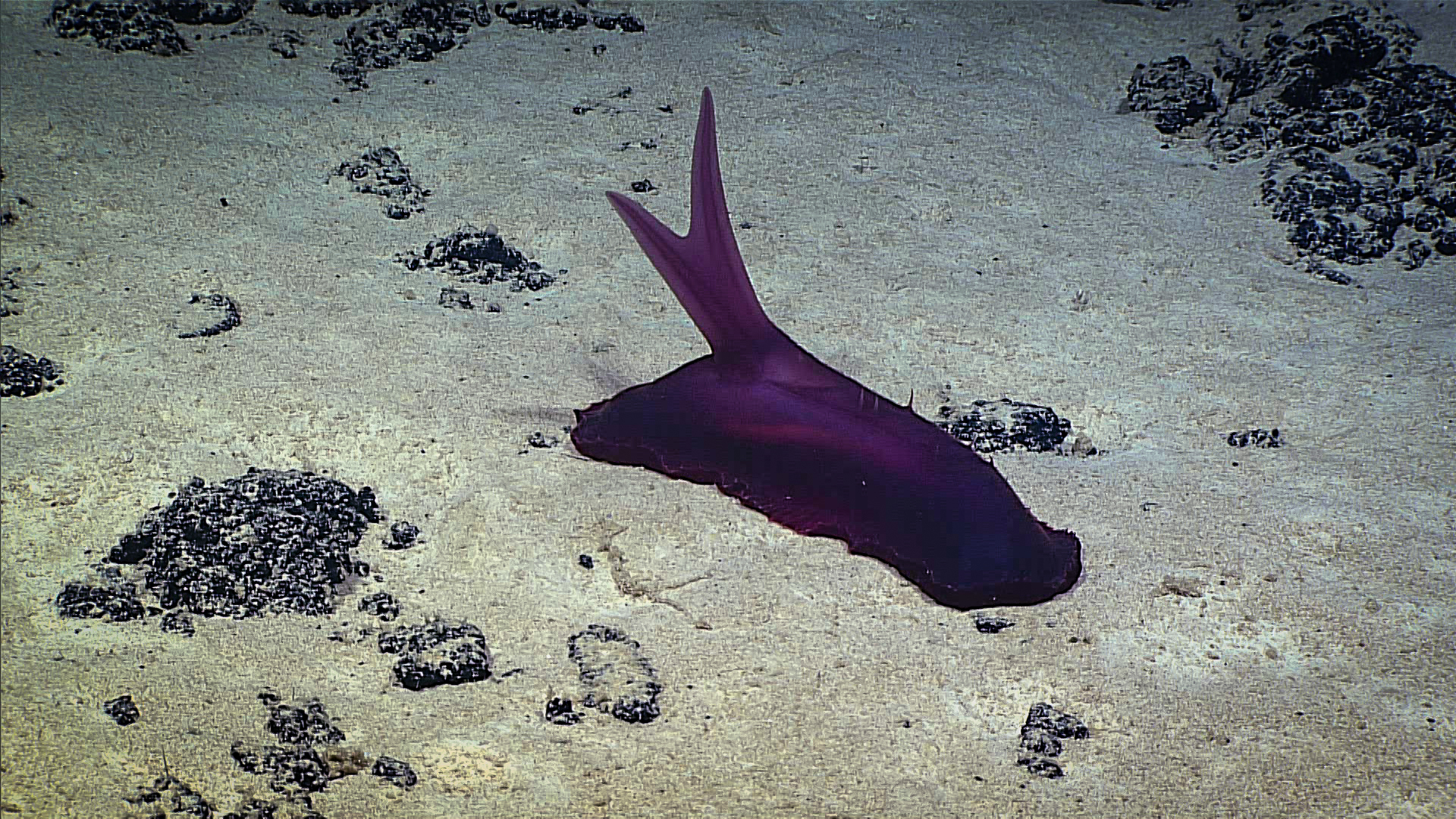
With its magnificent ‘sail’ structure, this Psychropotes sea cucumber was spotted while exploring a previously unknown seamount, tentatively called ‘Utu’, located in the northern region of the American Samoa Exclusive Economic Zone. Image courtesy of the NOAA Office…
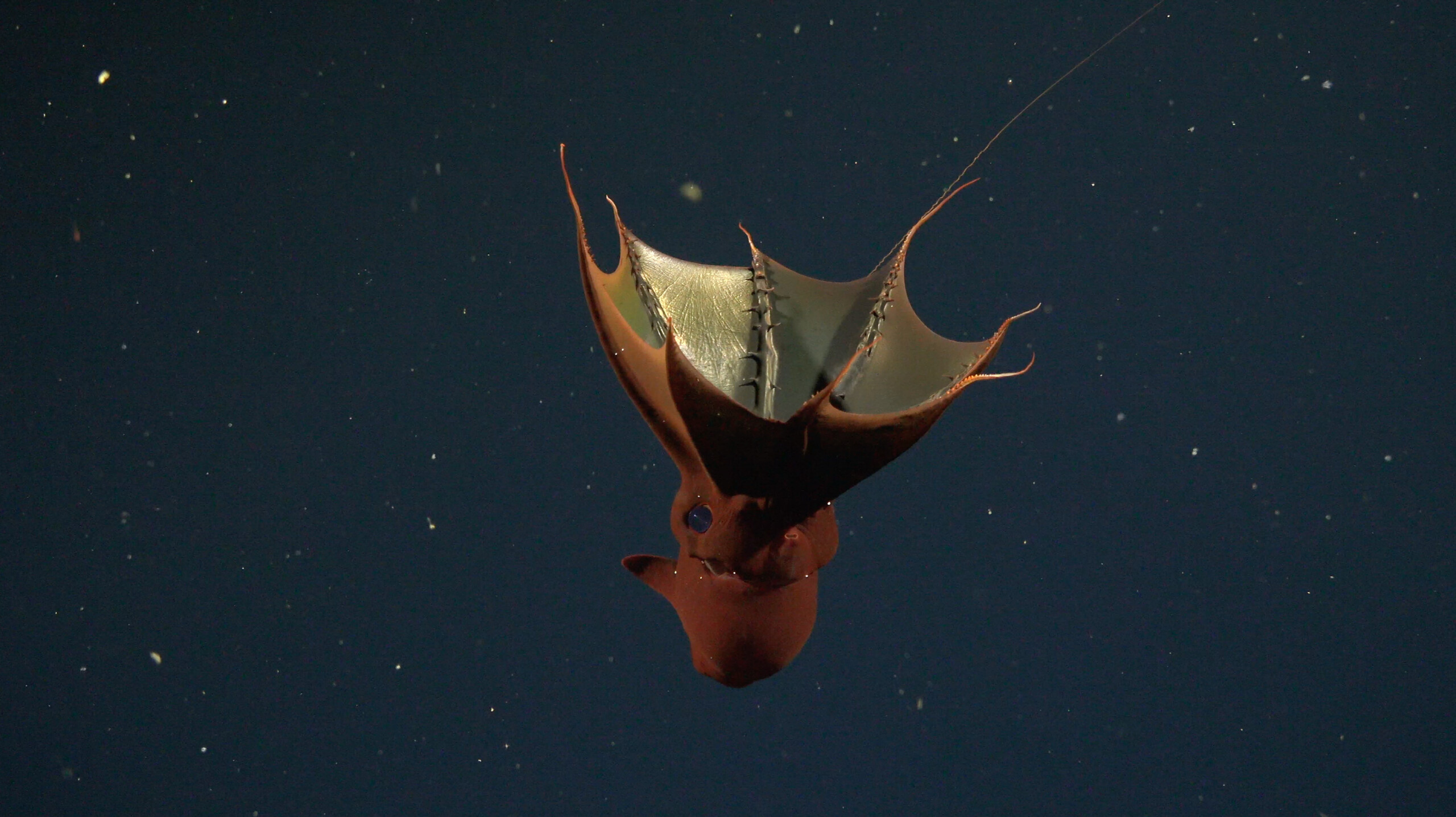
This vampire squid (Vampyroteuthis infernalis) was imaged during the ‘Designing the Future 2’ expedition at 630 m in the East Cortes Basin. The vampire squid is a relict species, meaning it’s the only animal left in the order…
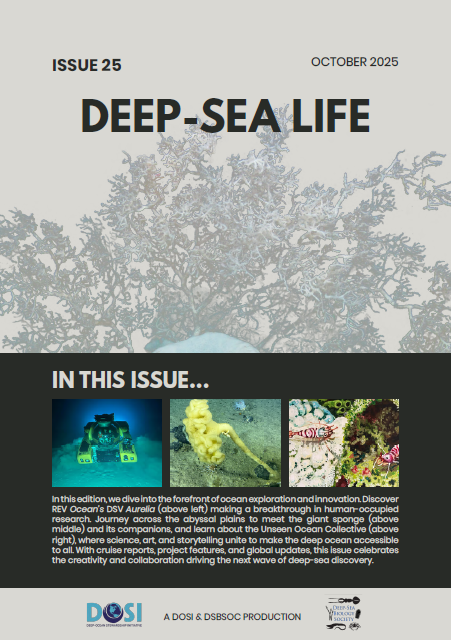
We’re excited to unveil a brand-new look for Deep-Sea Life! After 12 years of sharing stories, discoveries, and updates from the deep, we felt it was time for a refresh. We hope you…
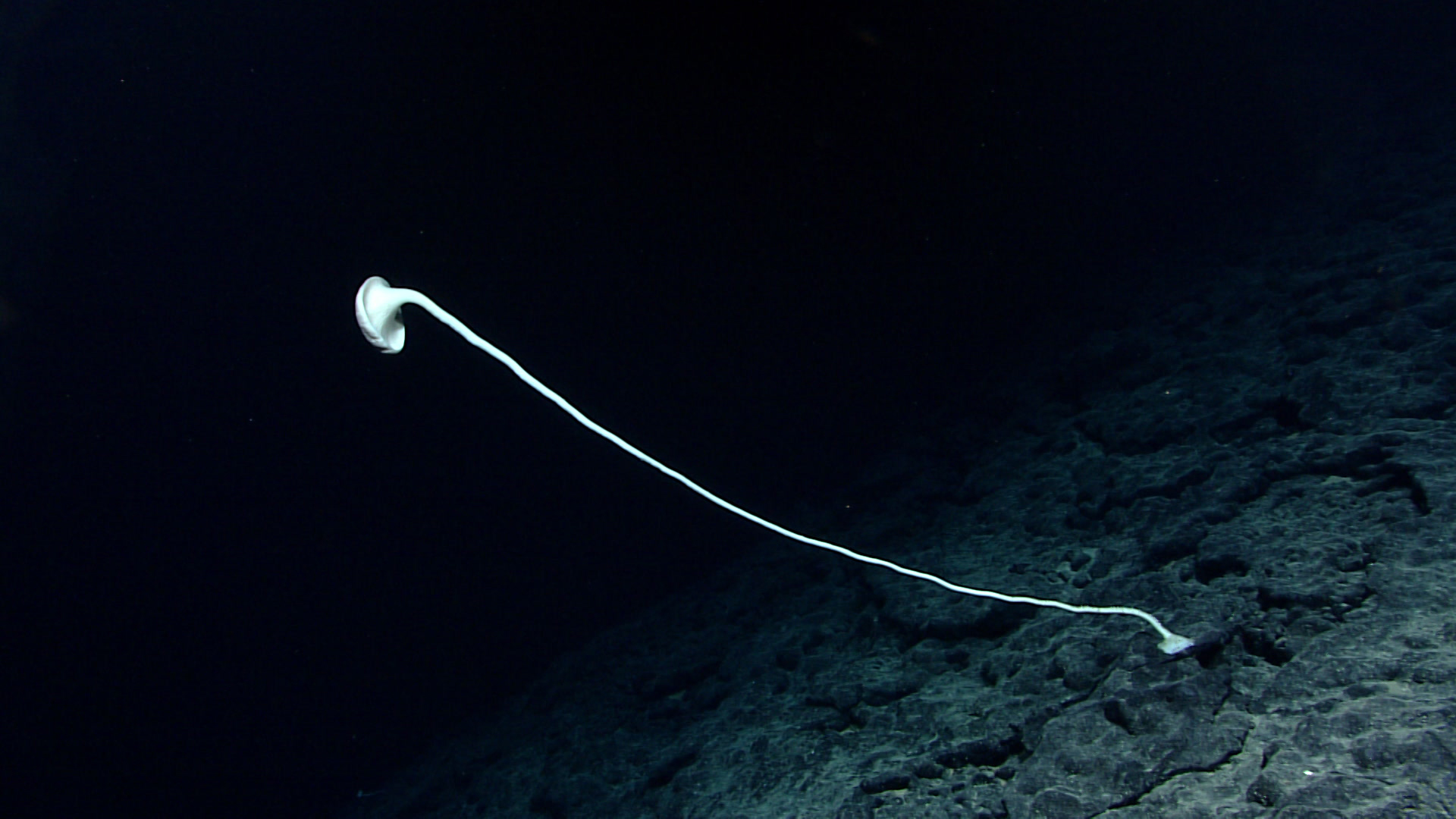
A large Caulophacus sponge towers more than 2 m off the seafloor, observed during the Papahānaumokuākea ROV and mapping expedition. Image courtesy of NOAA Ocean Exploration, 2025 Beyond the Blue. This week: Learn about cusk eels congregating off…